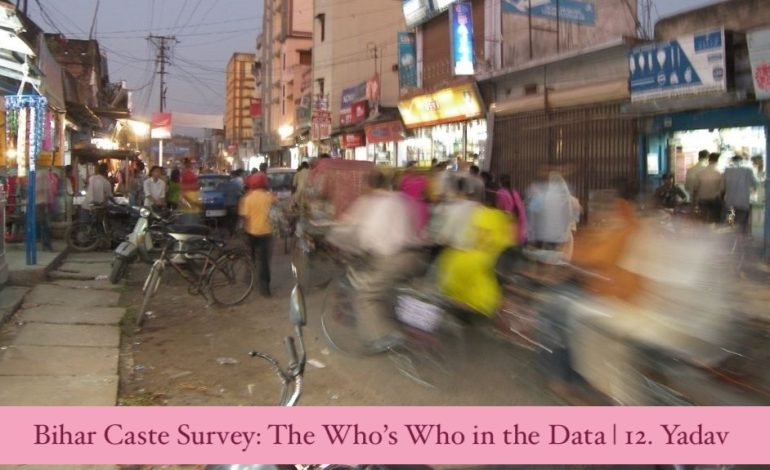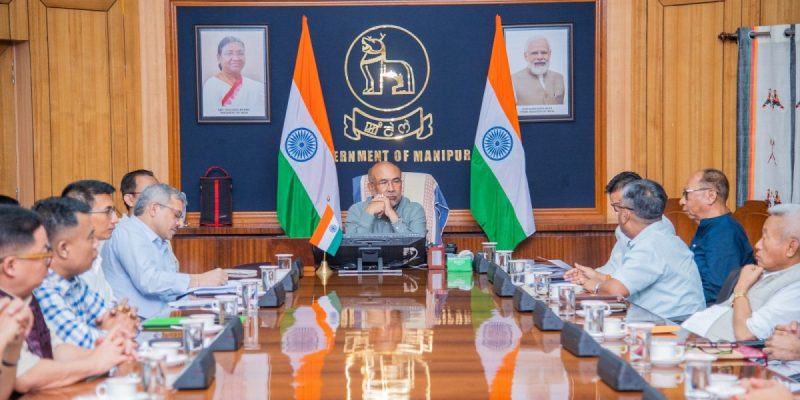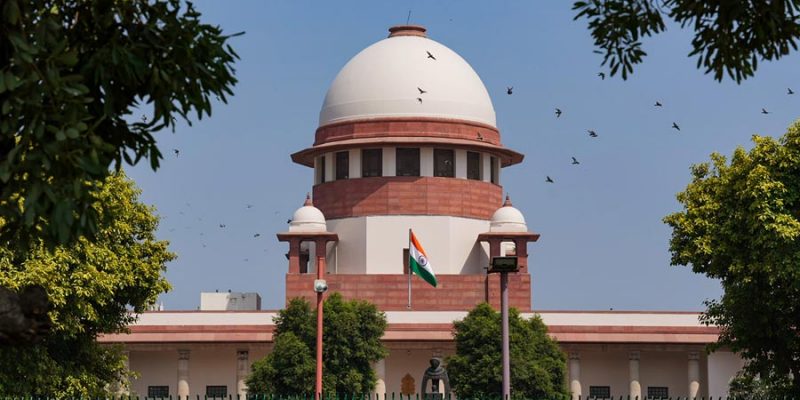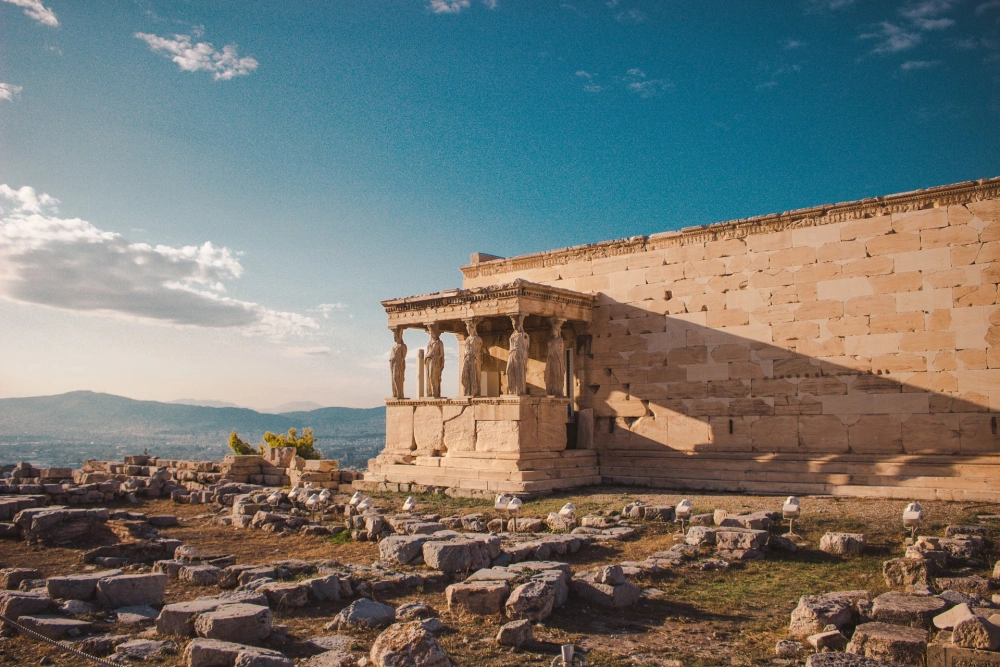Bihar Caste Survey: The Who’s Who in the Data | Yadav

Beyond politics, the Bihar caste survey is a revolutionary document.
A public document, the first ever after 1931, allowing for people to stand up and be counted.
We go down to the wire, on what each of the numbers unveiled mean.
Who are the people referred to by percentages in the survey?
Today we look at Yadav (18,650,119 people).
§
No mention of castes is found in written records up until what is known as the Indus Valley civilisation. Besides farmers and craftsmen, there were ruling classes but no castes.
There is no mention of castes even in the Ajivika traditions of Bihar. What one does find is only a classification based on occupational identity. For example, Makkhali Gosala was a shepherd brought up in a Teli family. Makkhali Gosala was the originator of Niyativad or fatalism, who rejected the concept of god and propounded that there is destiny behind every event that happens in the world and there is no controller. This ideology of Gosala was carried forward by Mahavir and Buddha, who laid down the principles of eternalism.

Illustration: Pariplab Chakraborty
When we talk about Bihar, we are referring to that region which helped shape the ideology of this country at whose core was community and not caste. For example, Buddha’s teachings stood in opposition to Brahminism. While the religion of Brahmins had many restrictions for Shudras and promoted untouchability, Buddhism preached respect and equal rights for all. Later, Buddhism reached foreign countries owing to the efforts of Ashoka. But after the end of the Maurya dynasty, the ideology declined in Bihar. A major reason was the establishment of casteism as a result of which many castes including Kushwaha, Kurmi, Yadav, Kahar, Chamar, Paswan, and Pasi came into existence and society became fragmented.
These are aspects which are visible even today and are also recorded in government and non-government documents. For example, the recent report of the Bihar government shows that at present there are a total of 209 castes among which the Yadav caste has the largest population, that is, 1,86,50,119 which is 14.266% of the total population. The enormous size of Yadav population has its advantages as well as disadvantages. One of the disadvantages is that many efforts have been made to Brahminise the Yadav caste on a large scale even though this caste has been pastoral in nature and in a way has tribalism at its core.
Many historians and sociologists, be it R.S. Sharma or D.D. Kosambi, considered members of this caste group to be basically shepherds. Most people believe that as shepherds they made several discoveries which have not only enriched humanity but also brought people closer to knowledge and science. According to them, the shepherds were the first to discover which animal should be killed and eaten and whose milk is fit for drinking. However, it cannot be denied that when agriculture developed, cattle rearing also started as the two activities complemented each other.
The contributions of shepherds have been highlighted historically in various ways. Such as in the figure of Jesus Christ, who may not have been born in a shepherd family but considered himself a shepherd. This is because he knew that only a shepherd could care for the voiceless. Their contribution in the development of human civilisation can also be seen in the form Islam’s Prophet Mohammed, who was also a shepherd.
But in India, shepherds were not considered only shepherds. They were known by various names such as Abhir, Ahir, Goala, or Gowar. Over time, they slowly came to be considered Hindus.
In the context of Aryans and non-Aryans, renowned historian Ramsharan Sharma writes in his famous book The Discovery of Aryan Culture – “After 1800 BC, Aryans entered India in small groups. The word Arya is found in both the oldest texts, Rigveda and Avesta. The word Iran is related to the word Arya. In the Rig Vedic period, those who worshiped Indra were called Aryans. According to some mantras of Rigveda, Aryans have their own separate caste. The people with whom they fought are described as black. The Aryans have been described as Manushi people who worshiped Agni Vaishwanar and sometimes set fire to the houses of black people. It has been said about the Aryan god Som that he used to kill black people. In post-Vedic literature, Arya meant those three varnas which were called Dwija. Shudras were not kept in the category of Aryans. Aryans were considered independent and Shudras were considered dependent.”
The Rigveda, the main scripture of Aryan Brahmins, states that when Aryans came from Iran, they first encountered shepherd folk. You can also understand this from the fact that according to the Rigveda, the main king of the Aryans is Indra and of the total 10,552 verses in the Rigveda, about 3,500 verses are either related to Indra or dedicated to him. The eighth verse of the 130th Sukta of the first Mandal of the Rigveda states –
“Indra, the protector (of his worship) battles, defends his Ārya worshipper in all conflicts, in conflicts that confer heaven; he punished for the benefit of his worshippers the neglecters of religious rites; he tore off the black skin of the aggressor named Krishna on the banks of the Anshumati river and killed him in a burning flame, he consumes him who delights in cruelty.”
Similarly, it is written in the first verse of the 101st Sukta of the first Mandal of Rigveda –
“Gamatvijas offer adoration with oblations to him who, because of the friendship of King Ṛijishvan, destroyed the pregnant wives of Kṛishṇa; desirous of protection, we invoke, to become our friend, him who holds the thunderbolt in his lustful right hand, along with the Maruts.”
Interestingly, Krishna’s purported enmity with Indra extended from the Vedic era to the period of the Puranas. But by then the Arya Brahmins had understood that killing Krishna (Krishna descendants) again and again would not work. In any case, Indra was no longer their chief king. The Aryans had established Vishnu for themselves. Apart from him, they had created gods like Shankar and Brahma. They also created goddesses. But Krishna was said to be superior to everyone. As a result, in Mahabharat, Vedavyas depicted the defeat of Indra at the hands of Krishna. But the matter does not end here. They went on to establish Krishna as the hero of Mahabharat.
According to Chapter 11, Verse 41, of the Gita, Arjuna says, ‘Thinking of You as my friend, I presumptuously addressed You as, “O Krishna,” “O Yadav,” “O my dear Friend.” I was ignorant of Your majesty, showing negligence and undue affection. And if, jestfully, I treated You with disrespect, while playing, resting, sitting, eating, when alone, or before others – for all that I crave forgiveness.’
In the sixteenth century, Tulsidas wrote in 129 (1) of Uttar Kand in Ramcharitmanas –
“Listen! Oh foolish mind! Who has not attained supreme bliss by worshiping Shri Ram who purifies even the fallen? He defeated many evil people like Ganika, Ajamil, Vyadha, Geedh, Gaja, and others. I bow down to Shri Ram, whose name recited even once is sufficient to purify sinful beings like Abhir, Yavana, Kirat, Khas, Shvapach (Chandal), etc.”
Hence, Tulsidas in fact exposed the entire effort to paint the Yadavs, who are known by the nicknames Gwala, Gopa, Ahir, etc. in Bihar, in the colors of Hindutva. While they praise Krishna in Geeta, they consider Yadav people as sinful in Ramayana.
Today, people of this caste are present in many states of north India. They also reside in the southern states under different names. But in Uttar Pradesh and Bihar the population of this caste is the highest. So much so that democratic politics is incomplete without their presence.
For example, in Bihar, their population is the highest, as mentioned before. While population is not everything when it comes to democratic politics. democracy did cause many miracles to happen in this country. For example, Mayawati, who was a Dalit, became the chief minister of Uttar Pradesh while Rabri Devi was made the chief minister of Bihar.

Bihar chief minister Nitish Kumar with deputy chief minister Tejashwi Yadav, HAM-S chief Jitan Ram Manjhi and RJD leader Rabri Devi during the swearing-in ceremony of Bihar Cabinet Ministers at Raj Bhavan, in Patna, August 16, 2022. Photo: PTI
Meanwhile, division among various gotras has also fragmented this caste due to which despite having a large population, they are unable to become a decisive political force. This can be understood from the fact that the the Kurmi population in Bihar is only 3,762,969 but Nitish Kumar, who hails from this caste, has been in power in the state since December 2005. Due to the pressure of caste-based equations, it is understood that he had to make Tejashwi Yadav, the son of former chief ministers Lalu Prasad and Rabri Devi, his ally.
However, it is also a fact that the politics of Bihar and Uttar Pradesh was and still is incomplete without the presence of the Yadavs. In Bihar, B.P. Mandal was the first Yadav to become the chief minister followed by Daroga Prasad Rai. Later, Lalu Prasad also ruled Bihar from 1990 to 1997 and Rabri Devi from 1997 to 2005. In the politics in Uttar Pradesh, names of Ramnaresh Yadav, Mulayam Singh Yadav and Akhilesh Yadav can be mentioned, while Periyar Lalai Singh Yadav, who challenged the Brahmin classes, is still relevant. He devoted his entire life to spread awareness among the deprived communities. He was the first person in North India who gave a new direction to the social movement by publishing the translation of Periyar’s classic work Ramayana: A True Reading in Hindi under the title Sachchi Ramayana.
But it is not an exaggeration to claim that the Yadavs today are not following the path of Periyar Lalai Singh Yadav. They are now merely getting transformed into the ruling caste. However, it is also true that in both society and politics, they have posed the biggest challenge to the monopoly of the ‘upper’ castes.
Translated from Hindi by Naushin Rehman. Read the Hindi original here.
Read earlier parts of the series on the following communities by clicking on their names: Ghasi | Santrash | Madaria | Koeri/Kushwaha | Chaupal | Nai/Hajjaam | Pasi | Rangrez | Chamar | Gorkan | Jutt.







